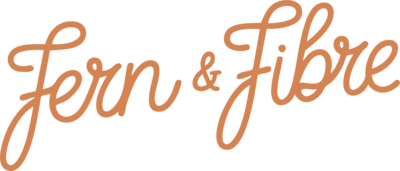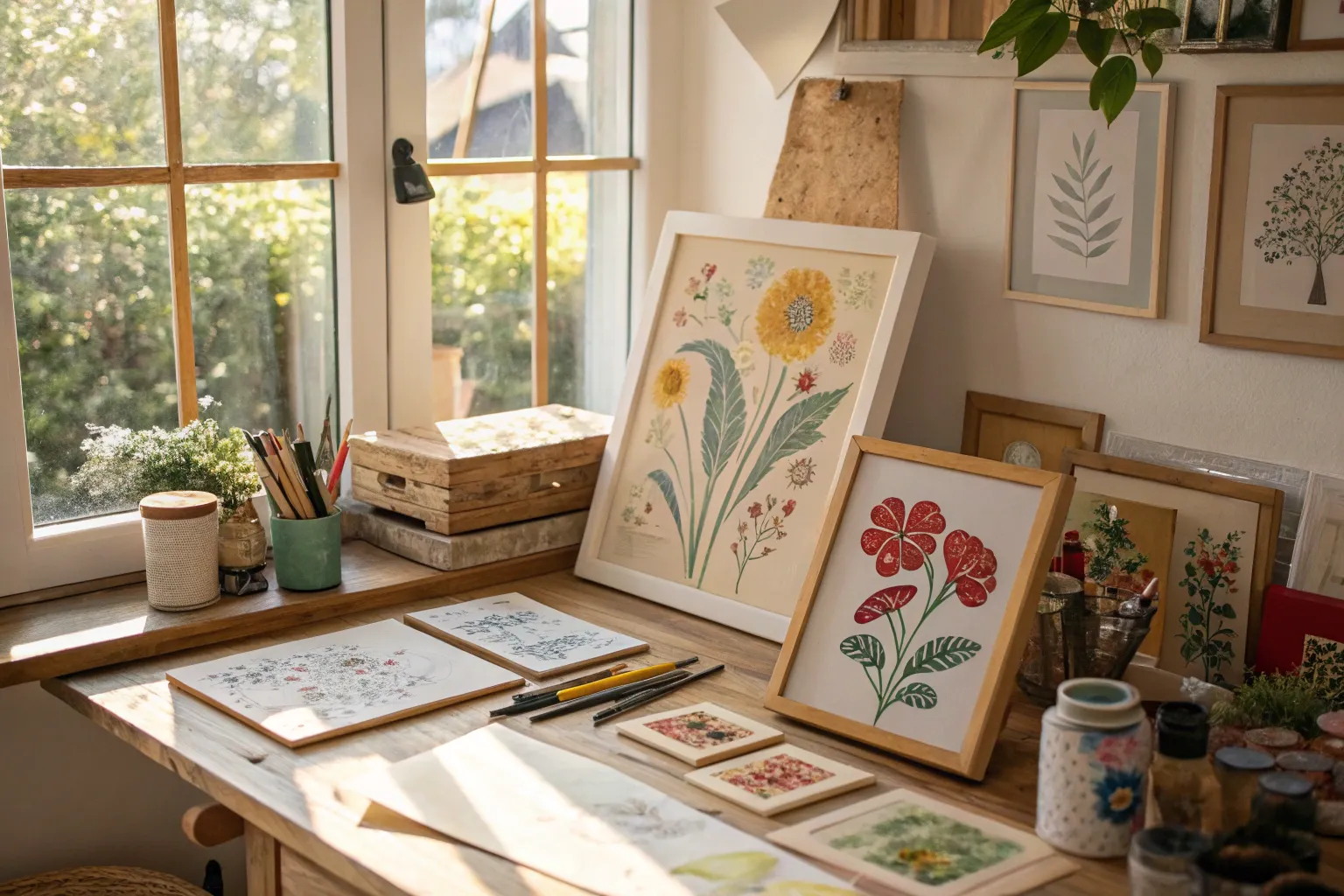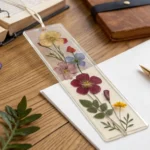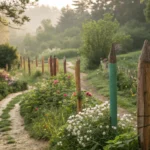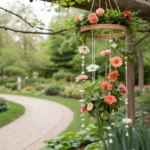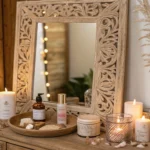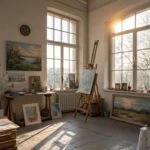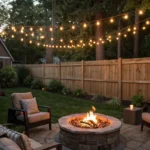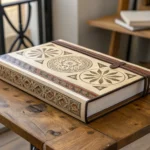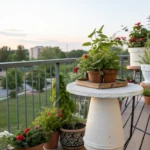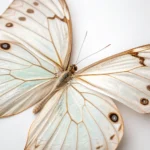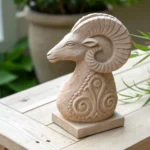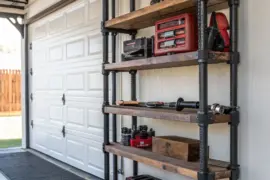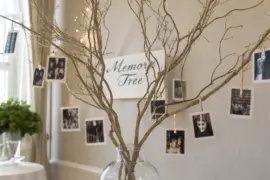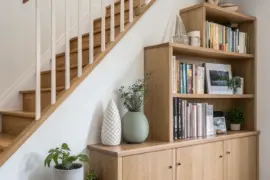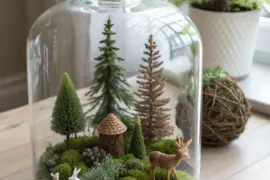Transform ordinary materials into extraordinary miniature art pieces that capture both visual beauty and emotional depth. This comprehensive guide combines professional framing techniques with accessible crafting methods to create stunning textured displays that reflect your personal style and cherished memories.
Understanding the Art of Miniature Textured Frames
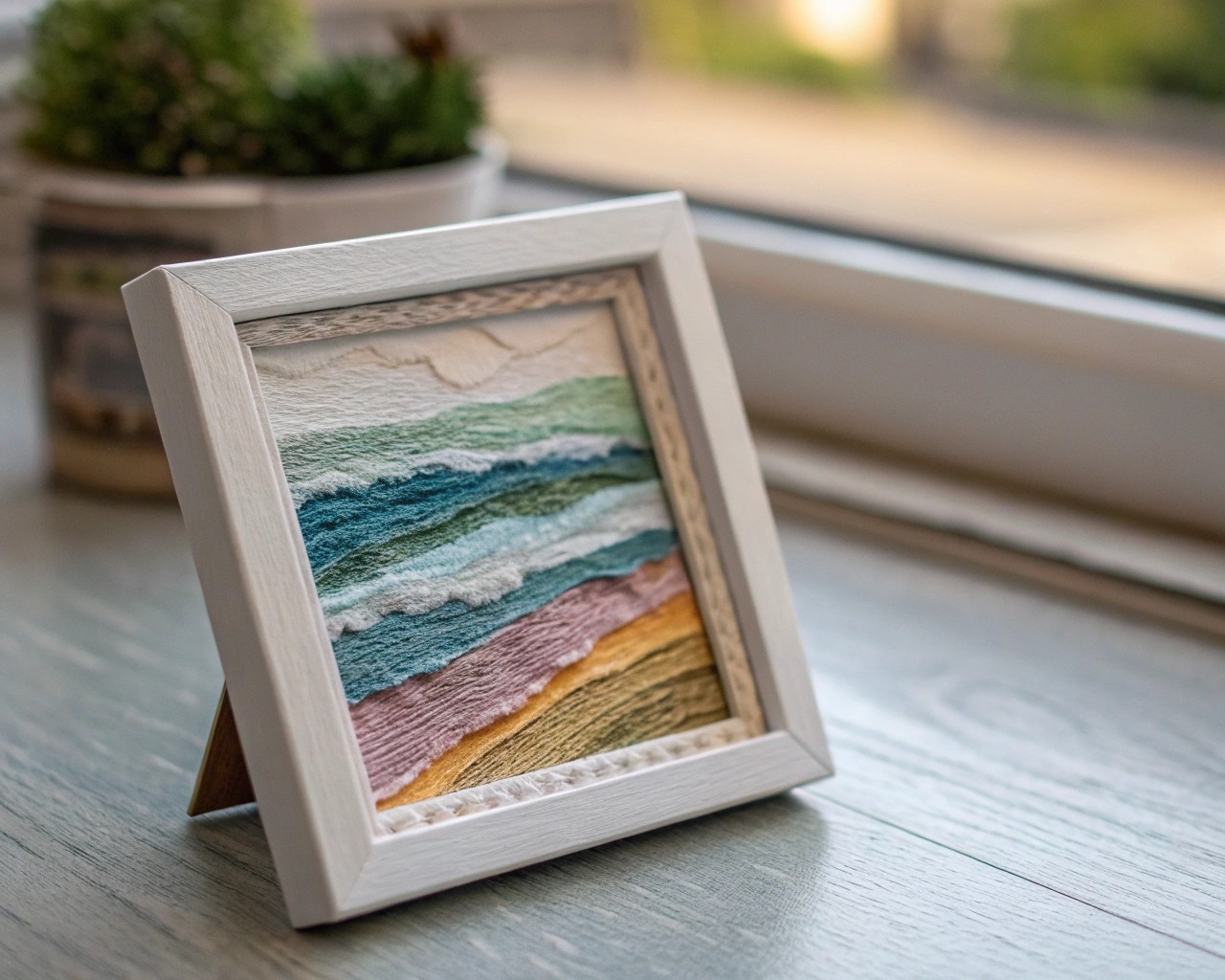
Miniature framed textures represent a unique intersection of traditional crafts and contemporary design. Unlike mass-produced artwork, these handcrafted pieces allow you to layer meaning, texture, and personal significance into compact displays that can transform any space.
The concept of “layered love” goes beyond simple decoration. Each element you add—whether it’s a carefully placed thread, a torn piece of vintage paper, or a shadow box effect—contributes to an emotional narrative that resonates with viewers and creates lasting impact.
Essential Materials and Tools
Thread Selection for Maximum Impact
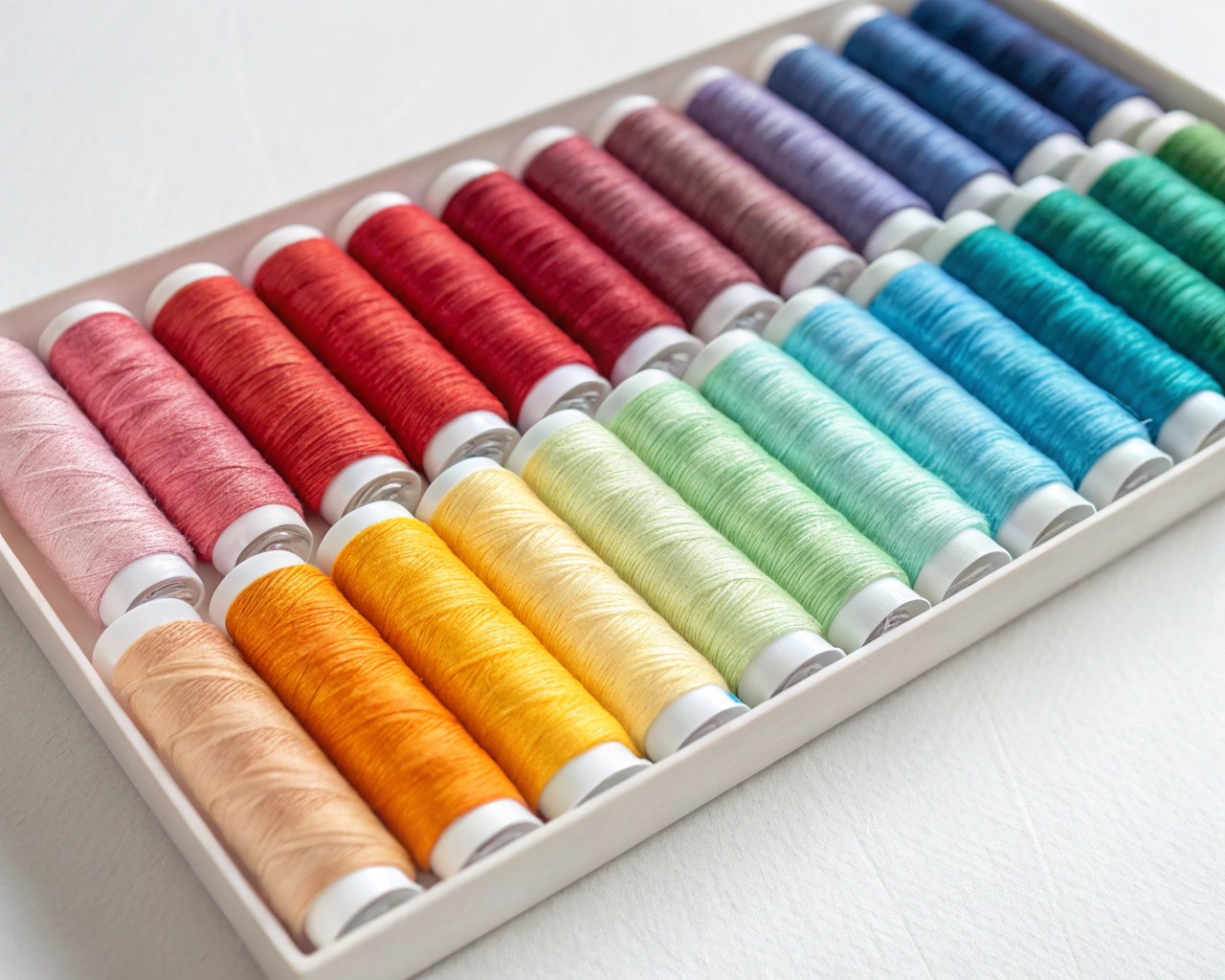
Professional embroidery artists consistently recommend DMC embroidery floss for thread painting and detailed work due to its consistent quality and extensive color range. For string art applications, cotton thread provides excellent tension and durability, while polyester threads offer superior resistance to fading and stretching.
| Thread Type | Best Applications | Key Benefits |
|---|---|---|
| DMC Embroidery Floss | Thread painting, detailed work | Color consistency, fine detail capability |
| Cotton Thread | String art, geometric patterns | Natural tension, easy handling |
| Polyester Thread | Outdoor displays, long-term pieces | Fade resistance, durability |
| Metallic Threads | Accent details, highlights | Light reflection, luxury appeal |
Paper Materials for Texture Creation
The foundation of compelling textured pieces lies in your paper selection. Handmade textured papers can be created using simple tissue paper techniques that mimic expensive artisan papers at a fraction of the cost.
Creating Faux Handmade Paper:
- Start with quality tissue paper or napkins
- Crush thoroughly for maximum texture potential
- Apply diluted paint or coffee staining for aged effects
- Allow natural air-drying for organic texture development
Frame Construction Materials
Balsa wood emerges as the ideal material for miniature frame construction due to its lightweight properties and ease of cutting. Professional miniaturists consistently choose balsa for its workability and professional appearance when finished properly.
Essential Frame Materials:
- Balsa wood strips (1.5-2mm thickness for optimal stability)
- Sharp craft knife for clean cuts
- Metal ruler for precise measurements
- Double-sided mounting tape
- Magnetic strips for changeable displays
Advanced Thread Techniques
String Art Fundamentals
String art transforms simple geometric concepts into sophisticated visual displays. The key lies in understanding nail placement and thread tension.
Professional String Art Setup:
1. Create templates using sturdy cardboard or printed designs
2. Mark nail positions with consistent 1cm spacing
3. Use small finishing nails driven 2-3mm deep
4. Begin threading from corner points, working systematically
5. Maintain consistent tension throughout the process
Thread Painting Mastery
Thread painting represents the pinnacle of miniature embroidery artistry, where individual threads create detailed, painterly effects. This technique requires patience but produces museum-quality results in miniature format.
Thread Painting Process:
- Begin with detailed sketches transferred to fabric
- Work in directional stitches following natural forms
- Layer colors gradually from dark to light
- Use varying thread weights for textural interest
- Complete background elements before foreground details
Layered Threading Effects
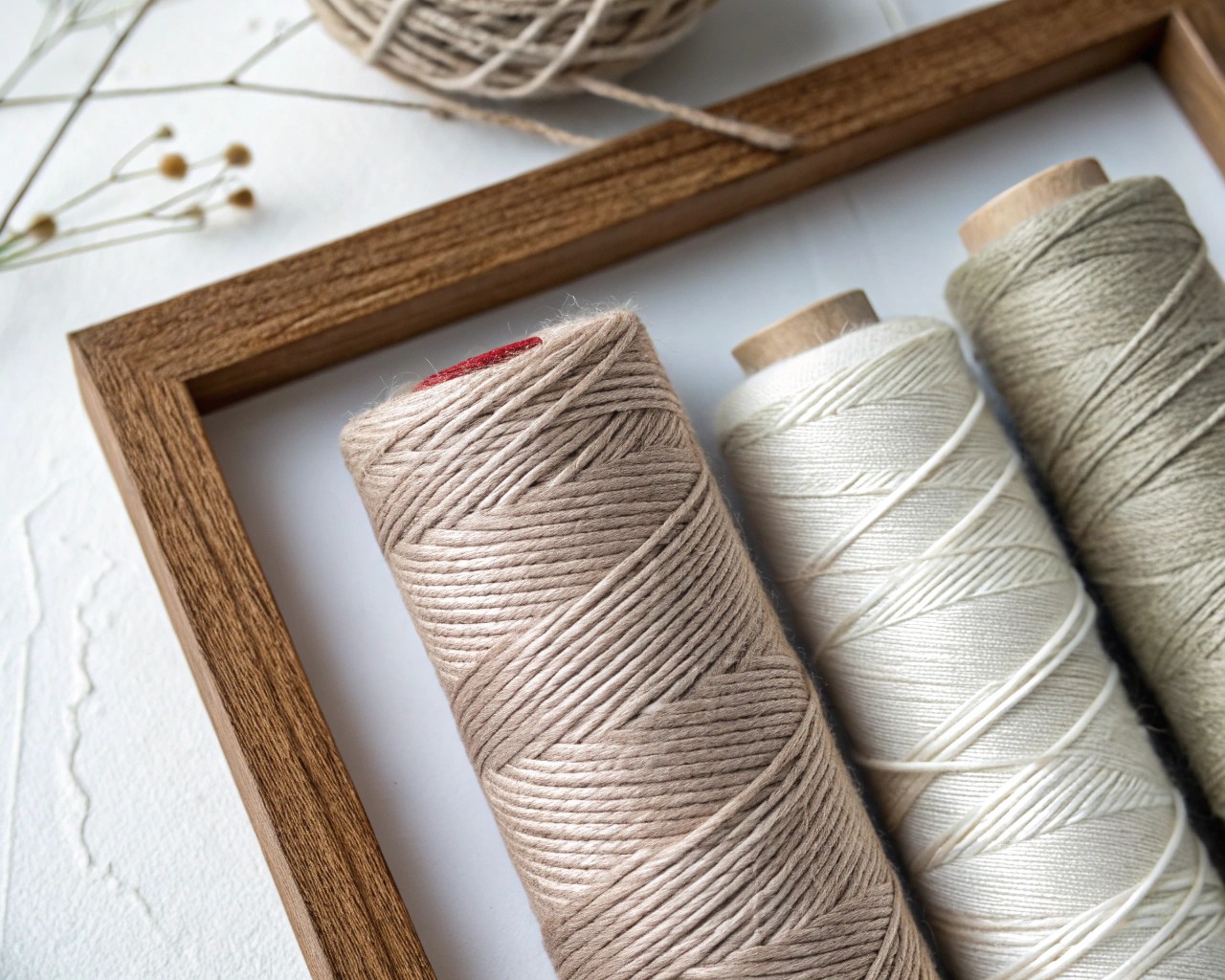
Building depth through multiple thread layers creates sophisticated shadow and highlight effects that elevate simple designs into professional-quality artwork.
Paper Texture Techniques
Creating Handmade Texture Papers
The most convincing handmade papers emerge from understanding fiber behavior and controlled manipulation. Professional results come from patience and attention to natural drying processes.
Three-Method Approach:
1. Tissue Paper Method: Crush tissue paper, apply to base, paint with diluted acrylics
2. Tea Bag Method: Open tea bags, mix contents with paper pulp for organic texture
3. Toilet Paper Method: Layer and manipulate for unique surface effects
Layered Paper Collage Construction
Shadow box layering creates dimensional scenes that draw viewers into miniature worlds. Each layer should serve both aesthetic and narrative purposes.
Layered Construction Process:
- Plan depth relationships before cutting
- Use foam board spacers between major elements
- Number each layer during construction
- Test assembly frequently during creation
- Consider lighting effects on final piece
Advanced Paper Tearing Techniques
Professional paper tearing creates organic edges that machine cutting cannot replicate. The key lies in understanding paper grain direction and moisture control.
Four Essential Tearing Techniques:
1. Simple Torn Edge: Maintains image integrity while adding texture
2. Water-Assisted Tearing: Creates softer, more organic edges
3. Ruler-Guided Tearing: Combines control with organic appearance
4. Multi-Directional Tearing: Creates complex, natural-looking edges
Professional Framing Methods
Balsa Wood Frame Construction
Balsa wood frames offer professional appearance with amateur-friendly construction techniques. The lightweight nature allows for intricate cutting without specialized tools.
Step-by-Step Frame Construction:
1. Measure artwork precisely, adding 2mm clearance
2. Cut balsa strips to required lengths
3. Create corner joints using wood glue
4. Clamp joints until fully cured (minimum 3 hours)
5. Sand joints smooth when dry
6. Apply finishing stain or paint as desired
Shadow Box Effects
Professional shadow box construction requires understanding depth relationships and mounting techniques. The goal is creating the illusion of floating elements within defined space.
Shadow Box Assembly Process:
- Use thin plywood backing for structural integrity
- Create depth with foam board spacers
- Mount elements working from background to foreground
- Consider viewing angles during placement
- Test lighting effects before final assembly
Magnetic Frame Systems
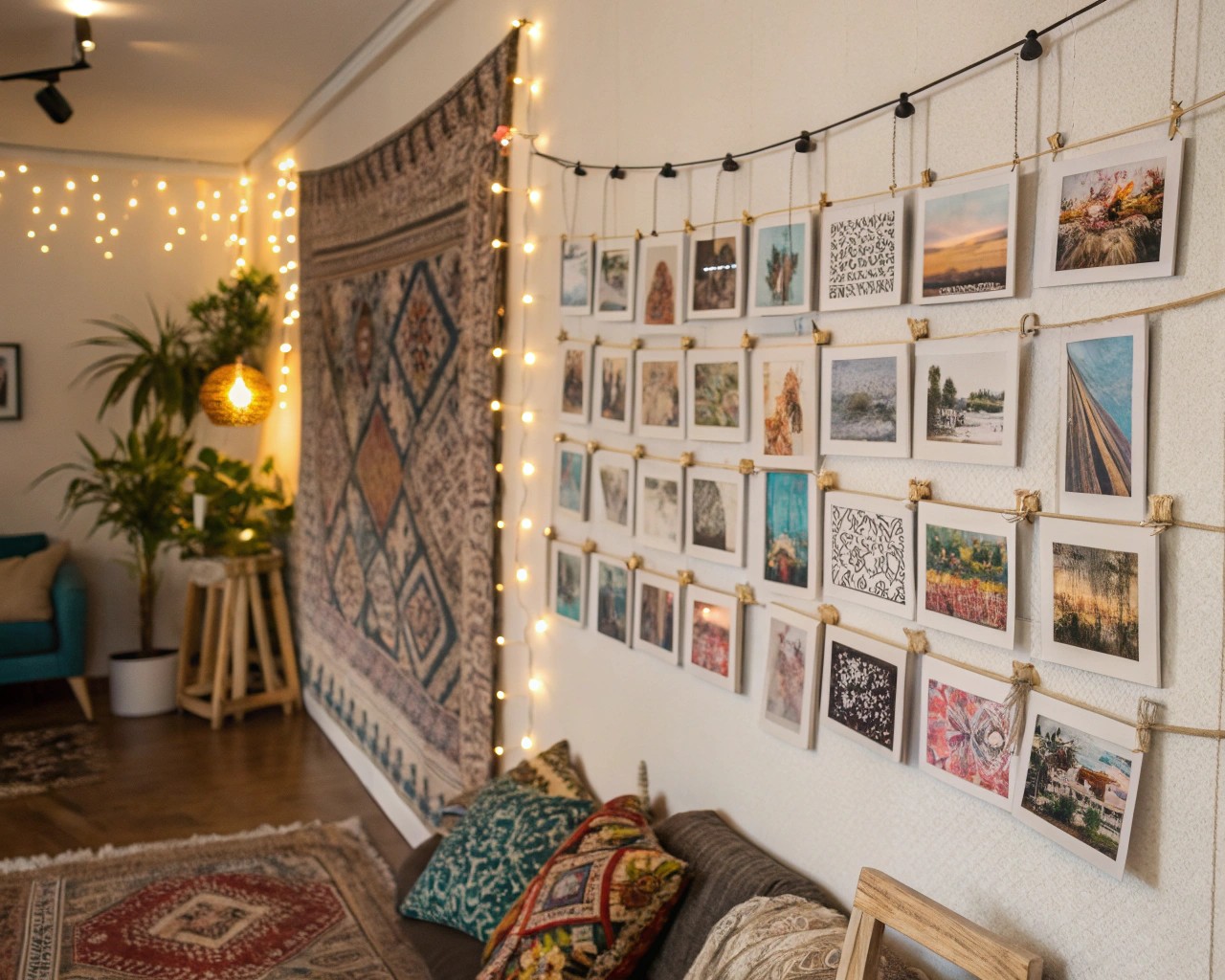
Magnetic frames offer practical advantages for changing displays while maintaining professional appearance. This system particularly benefits crafters who enjoy regularly updating their displays.
Magnetic Frame Components:
- Balsa wood strips with embedded magnetic tape
- Glass or acrylic protective covers
- Interchangeable backing materials
- Hanging hardware suitable for lightweight frames
The Layered Love Philosophy
Understanding Emotional Layering
“Layered love” represents the intentional building of emotional depth through artistic technique. Each element added to your piece should contribute to an overall narrative that resonates with personal meaning.
This approach transforms simple craft projects into meaningful artistic expressions that tell stories, preserve memories, and communicate emotions that words alone cannot capture.
Practical Application Strategies
Building Emotional Layers:
- Start with personal significance in material choices
- Layer textures that evoke specific memories or feelings
- Incorporate elements with symbolic meaning
- Balance visual appeal with emotional resonance
- Document the story behind each piece for future reference
Project Ideas and Inspiration
Miniature Landscape Series
Combine thread trees with layered paper mountains to create compelling landscape vignettes. Use string art techniques for geometric elements like fences or architectural details, while employing paper layering for organic landscape features.
Memory Preservation Displays
Create shadow box displays that incorporate personal mementos with threaded frames and textured backgrounds. This approach transforms ordinary keepsakes into professional-quality artistic displays.
Abstract Texture Explorations
Experiment with non-representational compositions that focus purely on texture, color, and form relationships. These pieces often prove most successful when they balance planned elements with spontaneous discoveries during creation.
Seasonal Display Collections
Develop changeable magnetic frame systems that allow for seasonal updates while maintaining consistent artistic quality. This approach maximizes the utility of your crafting investment while providing ongoing creative opportunities.
Advanced Tips for Professional Results
Color Harmony in Mixed Media
When combining threads and papers, maintain color relationships that support rather than compete with each other. Professional results often emerge from limiting your palette initially, then gradually expanding as your skills develop.
Texture Balance Considerations
Successful pieces balance smooth and rough textures, directing the viewer’s eye through intentional contrast rather than random variation. Plan texture placement as deliberately as you plan color placement.
Scale Relationship Management
Miniature work demands attention to scale relationships that might be forgiven in larger pieces. Every element must feel proportionally correct within the confined space of your frame.
Lighting Considerations
Plan your pieces with final lighting conditions in mind. Shadow box pieces particularly benefit from diffused front lighting that enhances rather than flattens the dimensional effects you’ve worked to create.
Storage and Display Solutions
Protecting Finished Pieces
Miniature textured artwork requires protection from dust, humidity, and handling damage. Glass or acrylic covers provide essential protection while allowing full appreciation of textural elements.
Creating Display Systems
Develop consistent hanging and display systems that allow for easy rearrangement while maintaining professional appearance. Gallery-style picture hanging systems work particularly well for collections of miniature pieces.
Long-term Preservation
Document your pieces photographically and maintain records of materials used. This information becomes invaluable for restoration work and provides insight for future projects.
Creating miniature framed textures from thread, paper, and layered love represents a uniquely satisfying intersection of traditional craftsmanship and contemporary artistic expression. The techniques outlined here provide foundation knowledge that supports both immediate project success and long-term artistic development.
Success in this medium comes not from perfecting individual techniques in isolation, but from understanding how thread, paper, and emotional intention work together to create pieces that resonate with both maker and viewer. Each project becomes an opportunity to explore new combinations of materials, techniques, and personal expression.
The beauty of miniature textured work lies in its accessibility—requiring minimal space and modest material investment while offering unlimited creative potential. Whether you’re preserving precious memories, exploring abstract concepts, or simply enjoying the meditative process of detailed handwork, these techniques provide a foundation for meaningful artistic expression that fits comfortably into contemporary life.
